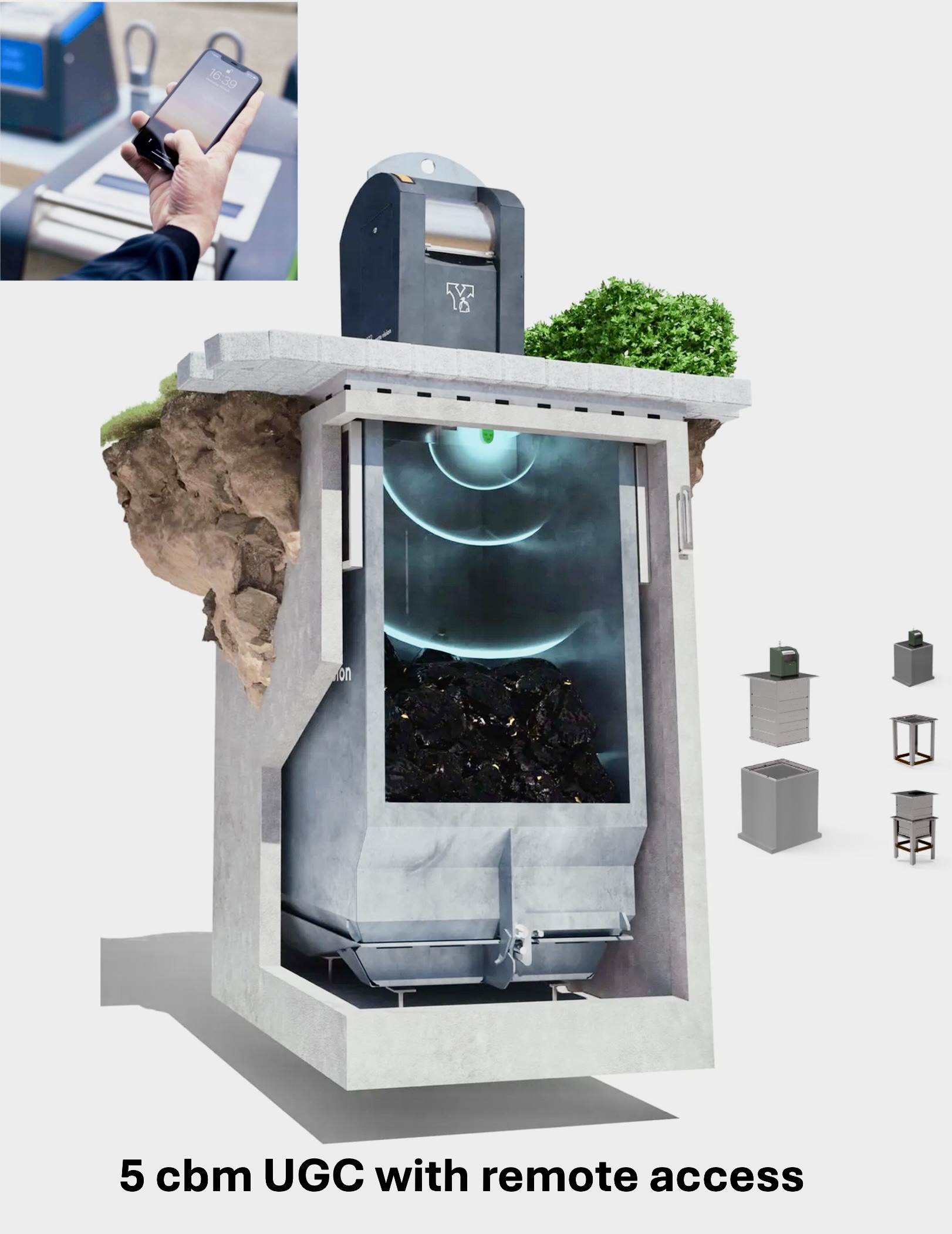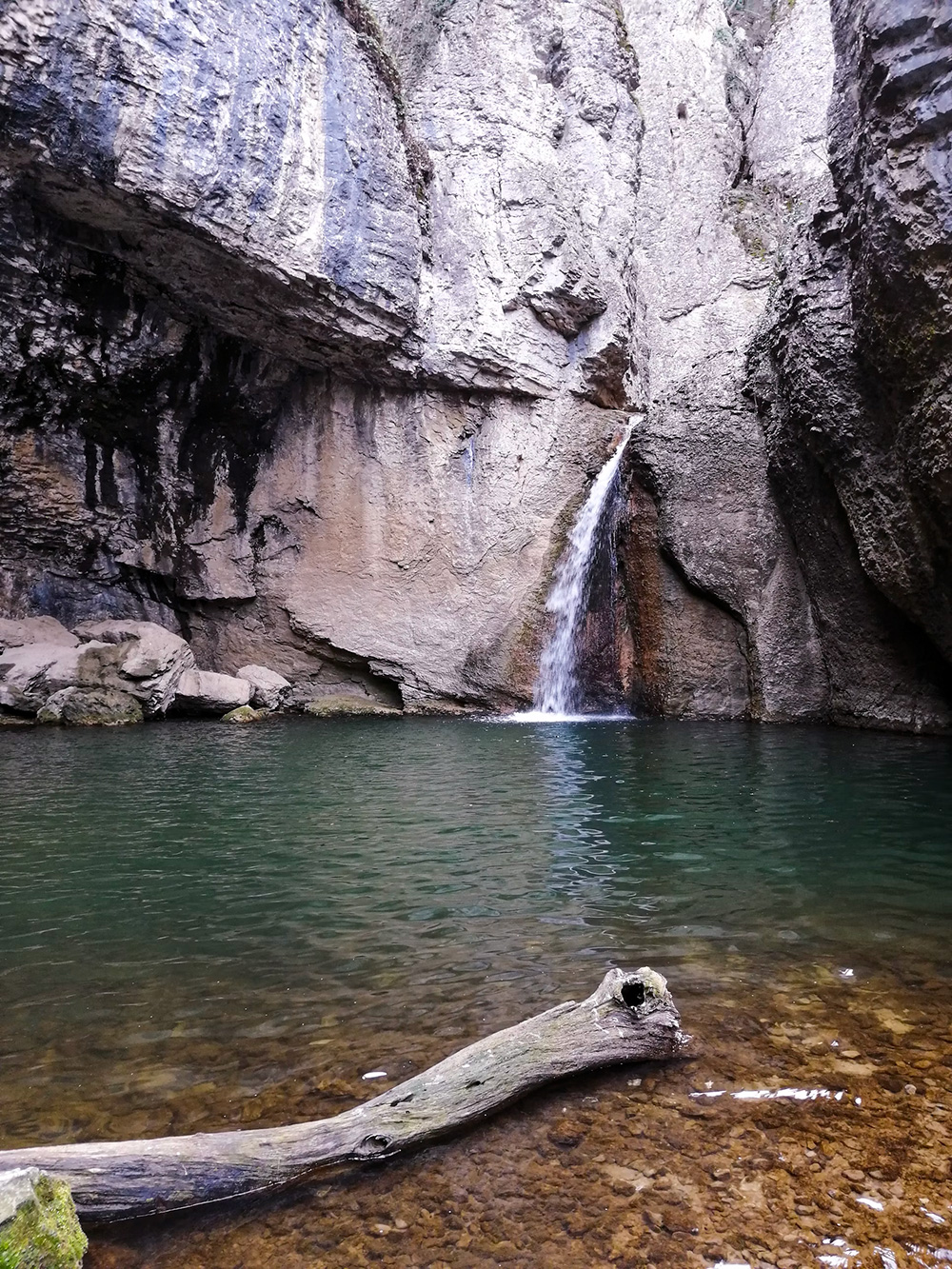GrAT, Gruppe Angepasste Technologie, Center for Appropriate Technology
General information
| Organization | GrAT, Gruppe Angepasste Technologie, Center for Appropriate Technology |
|---|---|
| Area of interest |
|
| Are you interested in international projects? |
Yes
|
| Keywords |
|
| Country |
Austria
|
| Type of cooperation |
Associated beneficiary
Subcontractor
Expert
|
| Have you already participated in LIFE project? |
Yes
|
| Legal status |
Educational and/or research institution
|
| Description of organisation and experiences (in English) |
GrAT is a scientific association for research and development of Appropriate Technology for developing and developed countries. Since 1986, GrAT has proposed and demonstrated conceptual and practical solutions for sustainable development.
Based on the knowledge and experience gained from the various sustainable development projects in Europe, GrAT mirrors the Appropriate Technology (AT) principles and practices to the developing countries like the Philippines, Thailand, Nepal, and Bhutan under the EuropeAid Switch-Asia Programme of European Union. A number of hands-on AT cases for the use of renewable materials and energy, increase of resource efficiency, creation of new business, and improvement of working environment have been achieved.
Vision
“Appropriate Technology for All”
Today, sustainable solutions are urgently needed not only for developing countries, but also developed ones. The long-term vision/mission of GrAT is to develop environmentally sound and affordable technical and institutional solutions. GrAT demonstrates the feasibility of those solutions in regional circumstances and demands.
AT development principles:
- Affordability
- Locally abundant materials
- Environmentally conscious
- Culturally acceptable
- Simply better
“Technology for Human and Environment”
The R&D themes and activities of GrAT are oriented to adapt technologies to human needs and environmental boundary conditions, not vice versa. Holistic and appropriate solutions can be generated from transdisciplinary down-to-earth design approaches.
|
| Description of organisation and experiences (in Bulgarian) | |
| Project references |
LCH - LIFE CYCLE HABITATION - Demonstration Project with Carbon Neutral Construction and Innovative Energy Supply System
The aim of the "LCH" project is to demonstrate innovative building concepts, reduce CO2 emissions as well as resource and energy consumption over the entire life cycle of a building. Prototypes of buildings – some residential units and a community centre - are going to be built in Böheimkirchen, to demonstrate a highly resource- and energy-efficient building and living standards of tomorrow in accordance with the EU 2020 objectives. The buildings will be insulated with straw bales, and different innovative construction methods (e.g. load bearing and prefabricated modular construction) will be applied. Utilisation of renewable energy will be maximized, and recycling of the materials is considered from the design phase. Thus, LCH is going to be CO2-neutral over its entire life cycle.
RENEW BUILDING - Demonstration and Dissemination of Climate and Environmental Friendly Renovation and Building with Renewable Resources and Ecological Materials
This project set a straight strategy for climate protection through ecologically efficient renovation and restoration of buildings. During the 3 years of the project, planning architects, craftsmen and stakeholders alike were trained by experts. The comprehensive module-based teaching included practical demonstration at apprenticeship sites and a constantly updated online knowledge base.
S-HOUSE - Innovative Use of Renewable Resources Demonstrated with an Office and Exhibition Building
With the S-House, the Factor 10 concept was implemented. It means that the consumption of resources during the construction was reduced by 90%, i.e. only a tenth part of the resources was used, in comparison to an equivalent building built in conventional construction methods. The Factor 10 was achieved by using building materials derived from renewable raw materials and the passive house technology.
|
GrAT, Gruppe Angepasste Technologie, Center for Appropriate Technology
Contact information
life bulgaria
Our latest partner

Waste Management Bulgaria 1 OOD
Subcontractor, Expert
Company
Bulgaria
malenko stoianov
Associated beneficiary, Coordinating beneficiary, Co-financer
Natural person
Bulgaria
PureSheep
Co-financer
Company
Bulgaria
РКИ РЦСИ "Топлоцентрала"
Associated beneficiary, Coordinating beneficiary, Subcontractor
Public body
Bulgaria





